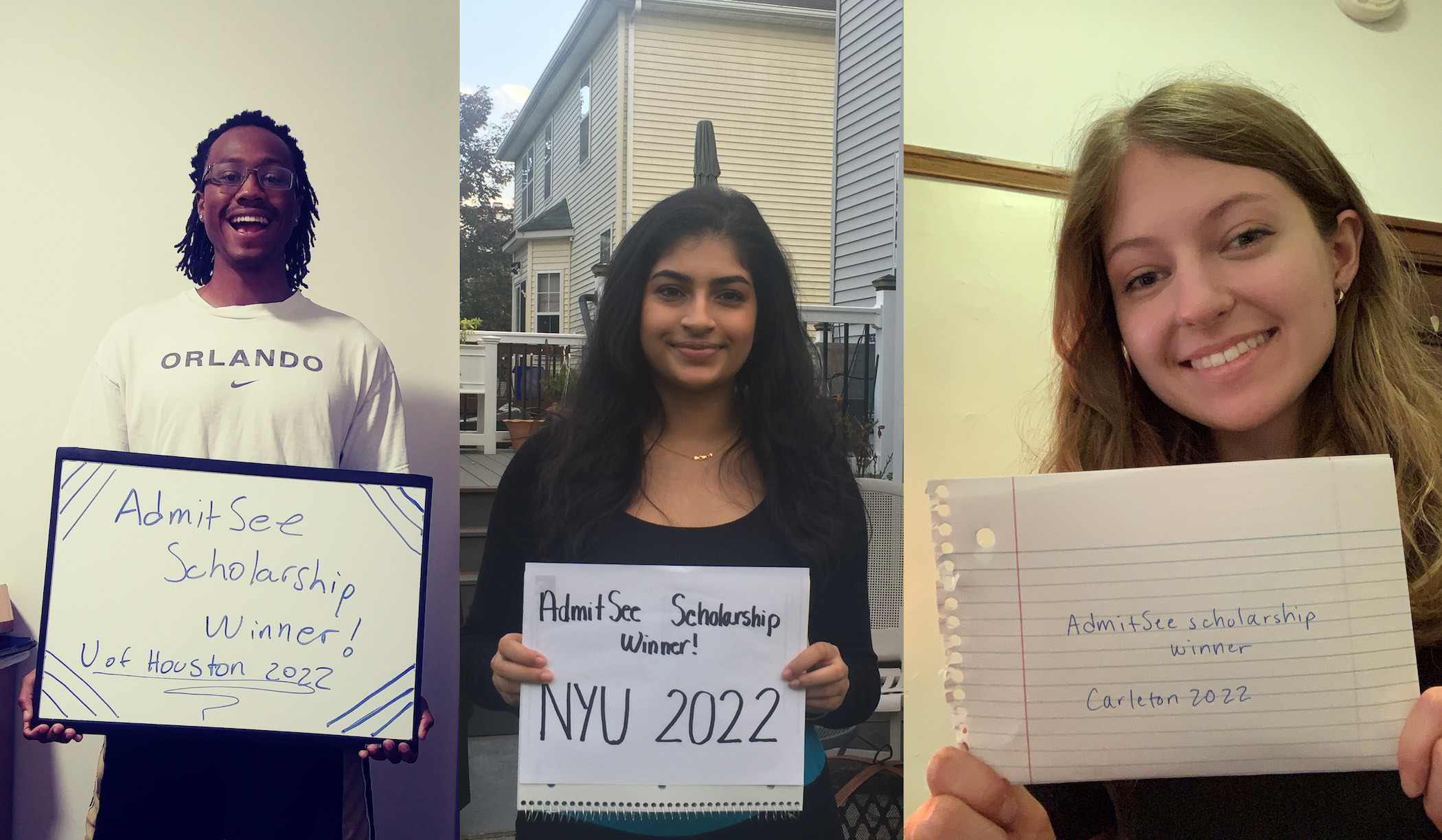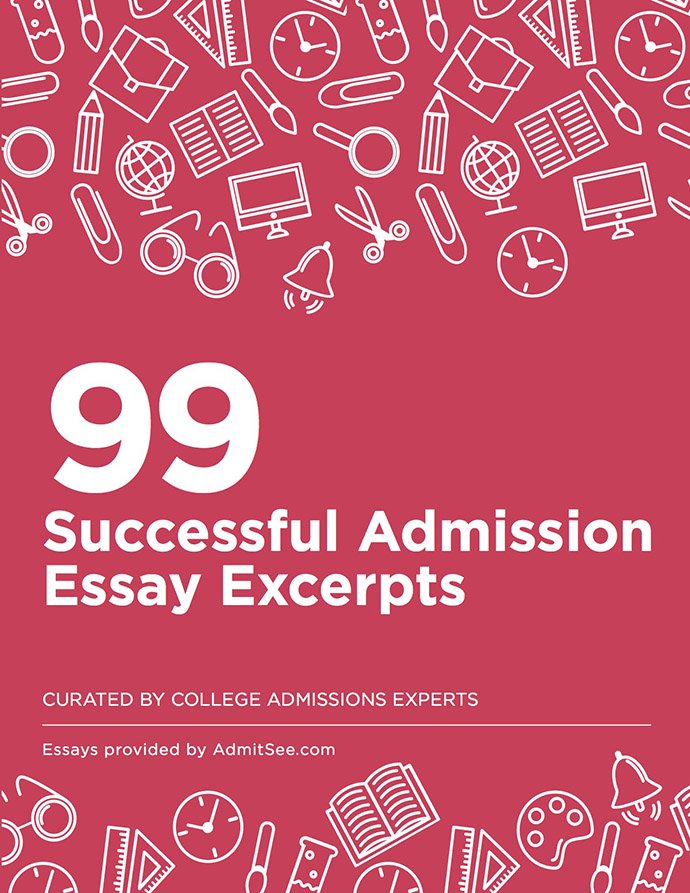The Class of 2016 graduated with more student loan debt than any class in history. Seven out of ten college students are now taking out student loans to pay for college. Here are 4 things you need to know about student loans to avoid common mistakes.

According to 2016 study, current college students know very little about managing student loans in college. The study found that 85.11 percent of students surveyed rely on their parents for financial aid and student loan information. Also, 75.89 percent of students surveyed with private student loans do not know the major differences between private and federal student loans.
To better understand the student loan and financial aid process, we asked Nate Matherson from LendEDU to answer some common questions regarding student loans and financial aid.
What is the FAFSA?
The Free Application For Student Aid, also known as the FAFSA, is the application for financial aid offered by the Department of Education. Most colleges and universities require students to file the FAFSA each year.
By filing the FAFSA, you will automatically be considered for all types of federal financial aid including grants and student loans. In the application you will be required to answer questions regarding your family’s finances.
The Department of Education will calculate your expected family contribution, or EFC. The FAFSA is free to file and can be completed online in about 30 minutes.
What is the difference between a private student loan and a federal student loan?
In your financial aid package you may be offered one or more federal student loans. Unlike grants and scholarships, federal student loans must be paid back. Federal student loans, such as Stafford, Perkins, and PLUS loans, must be paid back after graduation. Federal student loans are issued by the Department of Education.
Private student loans are not issued by the Department of Education. As you may guess, private student loans are originated by private lenders such as Sallie Mae or College Ave. Private student loans are issued on the basis of creditworthiness, not need. So, in order you qualify, you must have good credit and income. Or, you must apply with a cosigner who has established good credit and income. This guide provides additional information about eligibility criteria. As a rule of thumb, you should only use private student loans after you’ve exhausted financial aid.
What are the differences between unsubsidized loans and subsidized loans?
There are two types of federal student loans: unsubsidized, and subsidized
Subsidized student loans do not accumulate interest during periods of deferment or forbearance. In other words, subsidized student loans do not accumulate interest while you are in school. Subsidized loans are awarded on the basis of need. Your need will be determined after filing the FAFSA.
Unsubsidized loans are available to everyone, regardless of need. Unlike subsidized loans, unsubsidized loans do accumulate interest during periods of deferment and forbearance. In other words, while you are taking classes these loans will accumulate interest. Accumulated interest will be added to the principal loan balance if you do not pay the interest each month.
Both subsidized and unsubsidized student loans have interest rates of 4.29% for undergraduate students. Click here for more information.
What is a cosigner? Why do students need to use a cosigner?
As mentioned above, most students need the help of a cosigner to get approved for a private student loan. In fact, 90% of students need a cosigner to get approved. A cosigner is any creditworthy adult that agrees to repay your student loans if you fail to do so. In most cases, cosigners are parents or guardians. Cosigners must have established good credit and income to qualify.
For more information on financial aid and student loans, read more here.
















 Back
Back